Table of Contents
TRANSCRIPT
Introduction
Before we explore the top six superfoods to help stop proteinuria and heal your kidneys, we would like to walk you through some key facts and insights about proteinuria. By providing this information, we aim to equip you with the knowledge necessary to make informed decisions about your diet.
Please note, all the information in this video is created by real people. You can visit our website at healthtoday.com to see our advisory board and the team behind these videos. We do not rely on AI tools like ChatGPT for automatic content generation. Be assured, our information is thoroughly fact-checked, unbiased, and reviewed by qualified professionals. Now, let’s return to the topic of proteinuria.
Online, you might find websites and YouTube channels discussing proteinuria as if it’s a health condition on its own. However, it’s essential to understand that proteinuria is a symptom of kidney disease characterized by an excess of protein in the urine (1, 2). One may experience more frequent bathroom trips and foamy or bubbly urine. Swelling or edema, shortness of breath, fatigue, nausea, vomiting, loss of appetite, nighttime muscle cramps, and puffy eyes can also occur (1, 3, 4). Having proteinuria can be a sign of hypertension and, in severe cases, heart disease (5).
Proteinuria may be temporary or persistent. Temporary proteinuria means there is only temporary damage to the kidney due to a sudden kidney injury, such as from a kidney infection or intense exercise and dehydration. This video will focus more on persistent proteinuria that is often due to chronic conditions and can last months or years.
Addressing the root cause of proteinuria is crucial for those experiencing it. Understanding why there is an excess of protein in your urine enables you to take appropriate and safe measures to address it.
Let’s delve into how your kidneys function.
Each kidney contains about one million tiny filters called nephrons, and each nephron includes a glomerulus, totaling over a million glomeruli per kidney. Glomeruli work like kitchen strainers, filtering waste and extra water from the blood while keeping the protein and blood cells your body needs (6).
After the initial filtration by the glomeruli, the filtered fluid flows through the kidney tubules. These tubules reabsorb small proteins and keep them in your blood while passing waste products into urine. So, normally, your urine has almost no protein (7, 8). However, if glomeruli are damaged, proteins can leak into the urine. The amount of protein leaked may be too high for the tubules to reabsorb. Then, protein is excreted in the urine, or proteinuria occurs (7, 8).
This is problematic because proteins should remain in the blood. Reducing protein in the urine is crucial for maintaining kidney health and overall well-being (1, 9).
Now, let’s talk about solutions. Since proteinuria isn’t a specific disease, treatment should focus on its root cause: kidney disease (10). High blood pressure, high blood sugar levels, and high blood cholesterol are primary contributors to kidney disease (5, 11, 12). When kidney disease arises, the nephrons or glomeruli fail to retain protein within the body (7, 8).
High blood pressure forces blood into the kidneys with such intensity that it damages the glomeruli’s walls (13, 14). This pressure thickens these walls, impairing their filtering ability and causing the protein to leak into the urine. Therefore, managing high blood pressure is vital for reducing protein loss in urine.
Another major cause of proteinuria is high blood sugar, or diabetes, which damages the small blood vessels in the kidneys, preventing the glomeruli from filtering blood properly (15). High blood sugar levels overwork the kidneys, leading to damage and protein leakage. Thus, regulating blood sugar levels is essential for managing protein loss in urine (15, 16).
Cholesterol levels also play a role. Excess cholesterol can cause fat buildup and blockages in arteries, narrowing blood vessels, including those supplying the kidneys. The kidneys, which receive about 20% of the heart’s blood output (17), need proper blood flow to function effectively. Blockages from high cholesterol can disrupt this flow, leading to kidney function loss and tissue damage, manifesting as abnormal protein excretion in urine (11, 17).
Managing persistent proteinuria starts with lifestyle changes such as reducing salt intake to lower blood pressure, increasing fiber intake to manage blood sugar and cholesterol, and quitting smoking and tobacco use (10).
In essence, improving kidney function is key to stopping protein loss in urine, and we are here to provide you with essential information on this journey. From this video, you will learn how to manage proteinuria with foods that possess kidney-healing properties, helping to manage or prevent high blood pressure, blood sugar, and cholesterol.
6 Super Foods To Help Stop Proteinuria
6. Red bell peppers
Bell peppers, also known as capsicum peppers, are actually a type of fruit classified as berries (18).
Red bell peppers have the potential to reduce blood sugar levels and blood pressure, helping to alleviate or prevent proteinuria (19, 20). This fruit is also rich in antioxidants and fiber while being low in potassium, phosphorus, and sodium, making it suitable for people with kidney disease. For example, red bell peppers get their red color from anthocyanins, natural antioxidants that may protect both brain and kidney cells (19, 21, 22, 23).
Moreover, red bell peppers are packed with vitamins and minerals, have no unhealthy fats, and are low in calories, all good for your kidneys (24). So, eating more red bell peppers can help with proteinuria by improving kidney function. One cup of chopped red bell pepper has only 46 calories and provides 3 grams of fiber, supporting digestion and reducing the strain on your kidneys. Plus, this amount gives you 317% of the vitamin C and 93% of the vitamin A you need each day (21). These vitamins are powerful antioxidants that help fight oxidative stress in your body, including your kidneys. For instance, vitamin C can help fight cancer-causing free radicals, and vitamin A can boost the immune system (21, 25). So, eating red bell peppers is an excellent way to stop protein secreted into urine by providing you with many essential and kidney-friendly nutrients without consuming many calories (21, 25).
Now, if you want to eat more red bell peppers to support kidney health and stop or prevent proteinuria, choose bell peppers with vibrant colors and a glossy shine. Their skin should be smooth, and the color should be consistent all over. Look for peppers that feel firm and have a nice weight (26).
Unlike other peppers, red bell peppers aren’t spicy because they contain no capsaicin (26). Red bell peppers have a mildly sweet, veggie-like flavor that works well in various dishes. For pasta, you can roast red peppers and add them to cream-based sauces, low-sodium cheese, or cottage cheese, which are kidney-friendly (27). For salads, cut them into long slivers or bite-sized chunks to add extra color, crunch, and sweetness. As a snack, you can make roasted red pepper hummus or add sliced red bell peppers to a veggie tray. In soups, try dicing, sautéing, and then adding them to elevate your soup (21, 22). Also, bell peppers pair nicely with the next food on our list for a kidney-friendly diet.
5. Quinoa
Quinoa, a pseudo-cereal native to the Andean region, is rich in protein, fiber, minerals, vitamins, and healthy fats. These all are good for your kidneys, which might, in turn, ease or prevent protein leakage in urine. Plus, quinoa is a gluten-free grain that provides plenty of nutrients. Its essential amino acids and polyphenols also contribute to its kidney-friendly nutrients. Quinoa also helps fight inflammation and may even help prevent cancer (28).
When one has proteinuria, they lose protein in their urine. So, they must consume high-quality protein sources like quinoa. Quinoa is a complete protein containing all nine essential amino acids. Its balanced amino acids, high fiber content, and low levels of harmful compounds often found in grains and legumes—such as phytic acid and lectin—promote better digestion and absorption (29). This can further reduce the strain on your kidneys and assist in managing proteinuria.
Furthermore, the compound hydrolysate in red quinoa can help with proteinuria by reducing oxidative stress and high blood pressure. In a 2023 study published in Antioxidants, which involves hypertension rats, hydrolysate administration reduced oxidative stress and enhanced cardiovascular health (30), possibly stopping proteinuria. Also, rats treated with hydrolysate from red quinoa had higher antioxidant levels in their kidneys and liver than the untreated rats. Treated rats also had fewer free radicals in their blood, kidneys, and heart (30).
Plus, quinoa can reduce excessive protein in urine by helping control blood sugar and prevent diabetes. Simply put, quinoa is a good source of magnesium, a vital mineral often lacking in diets. Higher magnesium intake may lower the risk of Type 2 diabetes (31).
You’ll usually find quinoa in the grains or rice aisle of most grocery stores. It might be available in bulk bins, packaged bags, or boxes (29). Raw quinoa grains have a coating of saponin, a natural pest repellent that tastes really bitter. Not only can it ruin the taste of your quinoa, but it also can harm you (32). To avoid harm, you can rinse your quinoa under cold water to remove the saponin, but most strainers aren’t fine enough to prevent the grains from spilling. It’s much easier to buy pre-rinsed quinoa, which is clearly labeled and usually not more expensive. Quinoa can replace milk proteins and can be cooked by boiling it in water or broth until the liquid is absorbed, usually for about 15-20 minutes (33).
Freezing quinoa is a great way to have it ready for quick meals (29). You can cook the quinoa as directed, then let it cool completely to prevent clumping when frozen. Next, place it in containers or bags and freeze. It will stay good for 2-3 months. While freezing keeps quinoa’s kidney-friendly benefits, it might get a bit softer after thawing. This makes it perfect for casseroles, stir-fries, or soups, rather than using it as a standalone grain (29).
4. Cabbage
Cabbage can help stop proteinuria by lowering your blood cholesterol. This leafy green vegetable is high in water, fiber and antioxidants like phytosterols, which compete with bad cholesterol for absorption into the blood. This competition can lead to lower levels of blood’s “bad” LDL cholesterol, reducing the risk of heart disease and complications affecting kidney function and causing more protein in urine (34, 35, 36).
Furthermore, cabbage is packed with nutrients that can boost your immune system and promote digestive health, supporting kidney health and offering relief from proteinuria (34). Cabbage is also a storehouse of essential nutrients, including fiber, vitamins (such as C and K), minerals, and antioxidants. These nutrients support overall health, including kidney function (35). For example, cabbage is rich in vitamin C and sulfur, which help eliminate toxins like free radicals and uric acid from the kidneys. Removing them reduces harmful toxins that can damage kidney cells and trigger proteinuria (36).
Also, the phytonutrients found in cabbage, such as indoles and glucosinolates, are particularly effective in helping your liver detoxify and eliminate toxins, thus reducing the workload on your kidneys (34). Moreover, anthocyanins in cabbage have also been shown to possess anti-inflammatory properties (36). Chronic inflammation is linked to various health conditions, including kidney diseases. By reducing inflammation, cabbage can help protect kidney health and manage proteinuria (34, 35, 37).
Cabbage also helps with blood pressure due to its iron content. Iron can help increase red blood cells, improving circulation and blood pressure. Cabbage also contains anthocyanins, powerful antioxidants that relax arteries, helping prevent plaque buildup and lower blood pressure (36).
Note that cabbage is a potassium-rich food, which is normally beneficial for maintaining healthy blood pressure levels. Potassium helps regulate blood pressure by counteracting the effects of sodium, thus reducing the risk of hypertension and related kidney issues, such as protein overflow in urine (34, 35, 36). However, if you have certain kidney issues, you may need to limit your potassium intake (38). We’ll explain it in more detail in the next section.
Available in various colors, shapes, and sizes, cabbage offers versatility in the kitchen, whether eaten raw in salads or stir-fried for a nutritious meal. It also features prominently in fermented foods like sauerkraut and kimchi, known for their gut-friendly properties (34).
So, instead of just boiling or steaming, consider fermenting cabbage to make sauerkraut. Fermentation not only enhances the flavor but also increases the availability of beneficial probiotics, which can aid digestion and potentially improve gut health (36). A healthy gut helps eliminate toxins and waste through stool, potentially easing the burden on your kidneys.
Read more: Asparagus Benefits for Skin and 4 Potential Health Benefits
3. Avocados
Avocados can help with proteinuria by improving your blood cholesterol. They stand out for being low in carbohydrates and high in antioxidants and healthy fats, mainly monounsaturated fats (39). Plus, this creamy fruit is packed with around 20 essential vitamins and minerals. This unique profile contributes to reducing LDL (bad) cholesterol and inflammation. As we mentioned before, these effects greatly benefit your kidney health and help ease proteinuria.
Eating avocados regularly can help regulate blood sugar, further stopping proteinuria. Most fruits are high in natural sugars, but avocados are not very sweet. A whole avocado has less than 1.5 grams of sugar, while a medium apple has about 19 grams. Additionally, avocados’ fiber content further helps lower blood sugar and supports gut health and satiety, which can help mitigate or prevent protein in urine (39, 40).
Plus, avocados, like most fruits, are low in phosphorus and sodium, making them suitable for people with kidney issues, including those with proteinuria. The limited intake of these minerals helps manage kidney function and prevent further complications.
However, avocados are quite high in potassium. A single serving of avocado, roughly 1/3 of the fruit, provides about 250 mg of potassium (39). But as we discussed cabbage, potassium is an essential mineral that helps control blood pressure and supports heart health. Low potassium levels can raise blood pressure (40) and increase the risk of protein secreted in urine.
In some of our other videos, we mentioned that you may need to limit your potassium intake if you have certain kidney diseases. But having kidney disease doesn’t always mean you need to limit potassium—it depends on the disease stage (38). So, it’s important to incorporate avocados into your diet with careful consideration. For those with early-stage kidney disease or kidney transplant recipients who typically do not need to restrict potassium, avocados can be safely eaten in moderation. Moreover, people on daily home dialysis, nocturnal hemodialysis, or peritoneal dialysis may need more dietary potassium. This is because dialysis helps remove a significant amount of potassium from the blood. Those on hemodialysis three times a week may need lower potassium levels. In such cases, working closely with a kidney dietitian is crucial to determine the safe consumption of avocados based on individual dietary needs and treatment plans (39).
Now, if you choose avocado for your diet, note that the perfectly ripe avocado should be slightly firm but not too hard. If it’s not ripe yet but you’re eager to eat it, you can speed up the ripening process by storing it in a paper bag on the counter until it softens when gently squeezed (40). If you need to store it for a few days, keep it in the fridge. However, don’t submerge your avocado in water, which can lead to foodborne illness (40).
Also, don’t forget that eating too many avocados can cause weight gain because of their high-fat content. Fats are digested slowly and make you feel full longer than other nutrients, so eating too much might lead to nutritional deficiencies (41). This is not good for your kidneys and may worsen proteinuria, as your kidneys now don’t get enough energy from foods to filter protein effectively.
Besides avocados, avocado oil demonstrates promising potential in supporting kidney health. Avocado oil, rich in oleic acid and antioxidants, has been shown to enhance function and decrease oxidative stress within the kidney cells. Also, avocado oil intake can lower blood pressure, a significant factor in managing proteinuria. Plus, avocado oil improves vasodilation in the kidneys, which is essential for maintaining proper blood flow and preventing vascular dysfunction linked with protein in urine (39, 42). Studies show that avocado oil supplementation reduced kidney damage in hypertensive rats by improving cell function and reducing oxidative stress in the kidneys (39, 42).
2. Extra Virgin Olive Oil
Extra virgin olive oil (EVOO) is a type of olive oil obtained from olives using only mechanical methods, without solvents or refining (43, 44). It is the highest quality and most flavorful olive oil available, characterized by its low acidity—usually below 0.8%—and superior taste and aroma (45). But now, how can EVOO help with stopping proteinuria?
First, this popular oil is rich in monounsaturated fats, particularly oleic acid, as well as antioxidants, such as phenolic compounds, which contribute to its numerous health benefits. These benefits include reducing the risk of heart diseases, improving cholesterol levels, lowering blood pressure, and having anti-inflammatory and antioxidant properties (45, 46). All these benefits help manage kidney disease and protein in the urine, as we mentioned in previous sections.
Also, recently, EVOO has been gaining attention due to its potential benefits in managing chronic kidney disease (CKD). Rich in bioactive compounds like hydroxytyrosol, tyrosol, oleacin, and oleocanthal, EVOO offers antioxidant and anti-inflammatory properties that may improve kidney function and reduce the risk of proteinuria (44).
It’s worth mentioning the EVOO’s minor phenolic compound 3’,4’-dihydroxyphenylglycol (DHPG). DHPG offers antioxidant benefits, reduces harmful nitric compounds, and regulates prostacyclin production, a compound that helps prevent blood clotting and inflammation in blood vessels. These effects collectively reduce oxidative and nitrosative stress in animal studies, improving kidney function and structure (44, 47) and potentially stopping proteinuria.
A 2021 study in the International Journal of Molecular Sciences analyzed three different diets on rats for 24 weeks (48). The diets included a standard diet, a standard diet with virgin olive oil, and a standard diet with butter plus cholesterol. Rats fed the virgin olive oil diet had similar blood pressure to those on the standard diet, while rats on the butter plus cholesterol diet had significantly higher blood pressure. Additionally, the virgin olive oil diet influenced kidney enzyme activities related to blood pressure, suggesting a beneficial effect on blood pressure regulation through improved kidney function (48). All these results point toward EVOO’s potential in easing proteinuria.
EVOO is a staple of the Mediterranean diet and is widely used in cooking, salad dressings, dipping oils, marinades, and as condiments (46).
EVOO is high in kidney-friendly antioxidants but low in smoke point. Thus, avoid high-heat cooking to prevent burning. EVOO is normally good for sautéed dishes and baked goods (49). However, we still suggest using it for low to medium-heat cooking to preserve more nutrients (50). Also, olive oil isn’t ideal for prolonged or repeated heating. When buying olive oil, choose ones stored in dark glass or metal containers. These materials help shield the oil from heat and light, which can affect its quality (51). However, even dark glass can’t fully shield your oil from oxidation, so it’s a good idea to cover your olive oil bottle with aluminum foil (52).
To ensure you get high-quality olive oil, look for ones tested for purity and quality. Look for seals from the International Olive Council (IOC) for internationally produced oils and the North American Olive Oil Association for North American oils. California-produced olive oils may be certified by the California Olive Oil Council (45).
1. Walnuts
Walnuts, packed with heart-healthy fats, omega-3s, fiber, and plant protein, offer potential improvements in kidney health and support stopping proteinuria. Plus, eating walnuts can help fight inflammation, provide antioxidants, and keep you feeling full longer thanks to their high-quality protein, fat, antioxidants, and fiber content (53, 54). As we mentioned before, all these nutrients can greatly improve blood pressure, blood sugar, blood cholesterol, and, yes, proteinuria.
Plus, walnuts are typically eaten raw, giving them stronger antioxidant properties than roasted nuts (55). Antioxidants help prevent or reduce kidney-damaging oxidation. With moderate levels of phosphorus and potassium and low levels of oxalates, walnuts are a smart choice for managing proteinuria and overall well-being (53, 54). Plus, walnuts are high in magnesium, which is great for kidney health. A recent (2023) review suggested that magnesium can be used to complement the treatment of chronic kidney disease and improve kidney function (56). When your kidney function improves, the risk of having proteinuria in the future will be reduced.
In a 2019 study published in the Diabetes & Women’s Health Study, researchers investigated the link between nut intake and kidney function among women with a history of gestational diabetes mellitus (GDM) (57). They analyzed data from 607 women with a history of gestational diabetes, focusing on 330 participants free of major chronic diseases. Results showed that women consuming nuts such as walnuts weekly had the lowest urinary albumin-to-creatinine ratio (UACR). It suggests that there is less albumin, a protein, being leaked into the urine, indicating reduced proteinuria. Daily nut consumers also exhibited higher estimated glomerular rate (eGFR) values compared to weekly consumers. Higher eGFR is another indicator that indicates better glomerular or kidney health, and we will deal with it in another video. This suggests moderate walnut consumption may benefit proteinuria, particularly among women with prior GDM (57).
Plus, eating just one ounce of walnuts every day can lower your risk of heart disease (55) and potentially reduce your risk of kidney issues like proteinuria. However, eating more than a handful or two of walnuts daily can add extra calories, potentially causing weight gain (58). So, it’s important to be mindful of your portion size and avoid walnuts with added salt, sugar, or chocolate–they contain more sugars and calories that can put more strain on your kidneys (58).
To keep walnuts tasting fresh, store them in a cool place. Warm temperatures can make walnuts go bad, causing them to smell and taste off. If they smell like paint thinner, they’re rancid and should be thrown away. Rancid walnuts aren’t good for your kidneys or overall health (59, 60). So, when you bring walnuts home, it’s best to store them in your fridge or freezer. Also, wait to chop or shell them until you’re ready to use (59). This keeps the flavor fresh and prevents your walnuts from turning rancid. Still, note that while cold temperatures slow down spoilage, it’s best to buy nuts in smaller amounts that we can eat quickly (60).
Read more: The Secrets of Pumpkin Seeds: Tiny but Mighty
Other Causes of Proteinuria
Note that having a lot of protein in your urine doesn’t always signal a kidney issue needing treatment (4). If you are doing too intense exercise or dehydrating, or if you are experiencing stress, pregnancy, or a poor diet, your urine protein levels can temporarily rise (4). So, it’s important to check your diet, habits, and health conditions to understand why your urine protein levels might be high.
Also, pregnant individuals with a history of preeclampsia should have regular checkups. Preeclampsia is a condition with high blood pressure and liver and kidney damage. It usually resolves after childbirth. However, monitoring is still essential (1). Your doctor might suggest further urine tests to monitor protein levels over time. If they stay high, it could indicate a real kidney disease (4).
During healthcare visits, try to ask specific questions about the diagnosis, treatment plan, lifestyle adjustments, and potential alternative conditions (1). Also, working with a registered dietitian can help protect your kidneys and reduce proteinuria. They can assist you in planning meals to help you lose weight if needed, avoid high-sodium foods, and eat the right amounts and types of protein (2).
Read more: Do Kidney Stones Cause Back Pain? Signs To Tell
Summary
To wrap it up, proteinuria, or having too much protein in your urine can be a sign of kidney damage. The top 6 superfoods discussed—red bell peppers, quinoa, cabbage, avocados, extra virgin olive oil, and walnuts—offer promising avenues for managing proteinuria and supporting kidney health. Understanding the causes, symptoms, and proactive steps for prevention and management is crucial.
Causes of proteinuria range from dehydration and excessive exercise to underlying kidney issues and conditions like diabetes. It’s important to maintain a balanced diet, stay hydrated, manage underlying health conditions, and seek medical attention for persistent symptoms to actively prevent proteinuria.
Sources
- Proteinuria
- Albuminuria: Albumin in the Urine
- Pathophysiology of proteinuria and its value as an outcome measure in chronic kidney disease
- Protein in Urine
- Proteinuria
- Understanding Glomerular Diseases
- Proteinuria—take a closer look!
- Evaluation of proteinuria
- Diet and Proteinuria: State of Art
- Proteinuria
- High Cholesterol = High Kidney Disease Risk
- Cholesterol and the risk of renal dysfunction in apparently healthy men
- The effect of hypertension on glomerular structures and capillary permeability in passive Heymann glomerulonephritis
- Proteinuria: A Link to Understanding Changes in Vascular Compliance?
- Diabetes – A Major Risk Factor for Kidney Disease
- Diabetic nephropathy (kidney disease)
- High Cholesterol and Kidney Disease
- Capsicum annuum (Grossum Group)
- Bell Peppers (Capsicum annum L.) Losses and Wastes: Source for Food and Pharmaceutical Applications
- What’s in Season: Bell Peppers
- The Health Benefits of Red Bell Peppers
- Best Foods For a Renal Diet
- What Are the Best Foods for Kidney Health?
- Eating Healthy
- 10 FOODS TO EAT OR AVOID IF YOU HAVE KIDNEY DISEASE
- March Veggie of the Month: Bell Peppers
- Eating Healthy
- Botany, Nutritional Value, Phytochemical Composition and Biological Activities of Quinoa
- The Ultimate Guide to Quinoa: Tips, Facts, Locating It & More
- Red Quinoa Hydrolysates with Antioxidant Properties Improve Cardiovascular Health in Spontaneously Hypertensive Rats
- The Health Benefits of Quinoa
- An Insight into Saponins from Quinoa (Chenopodium quinoa Willd): A Review
- Quinoa (Chenopodium quinoa Willd.): An Overview of the Potentials of the “Golden Grain” and Socio-Economic and Environmental Aspects of Its Cultivation and Marketization
- 8 Health Benefits of Cabbage
- Cabbage
- 21 Impressive Health Benefits of Cabbage
- Inflammation and Oxidative Stress in Chronic Kidney Disease—Potential Therapeutic Role of Minerals, Vitamins and Plant-Derived Metabolites
- Potassium in Your CKD Diet
- Avocados
- Guac Your World: Why Avocados Are So Good for You
- 14 Health Benefits of Avocado
- Avocado Oil Prevents Kidney Injury and Normalizes Renal Vasodilation after Adrenergic Stimulation in Hypertensive Rats: Probable Role of Improvement in Mitochondrial Dysfunction and Oxidative Stress
- Extra Virgin Olive Oil
- Usefulness of Extra Virgin Olive Oil Minor Polar Compounds in the Management of Chronic Kidney Disease Patients
- 6 Major Benefits of Extra Virgin Olive Oil
- Is Extra Virgin Olive Oil the Critical Ingredient Driving the Health Benefits of a Mediterranean Diet? A Narrative Review
- The Effect of the Extra Virgin Olive Oil Minor Phenolic Compound 3′,4′-Dihydroxyphenylglycol in Experimental Diabetic Kidney Disease
- Effects of Virgin Olive Oil on Blood Pressure and Renal Aminopeptidase Activities in Male Wistar Rats
- Healthy Oils and Fats
- Effect of different cooking methods on the content of vitamins and true retention in selected vegetables
- Influence of Exposure to Sunlight on the Oxidative Deterioration of Extra Virgin Olive Oil during Storage in Glass Bottles
- Even Dark Glass Bottles Leave EVOO Susceptible to Oxidation, Study Finds
- Nut consumption and renal function among women with a history of gestational diabetes
- Nuts and Seeds
- Walnuts: A worthy addition to your daily diet?
- Magnesium in Kidney Function and Disease—Implications for Aging and Sex—A Narrative Review
- Nut Consumption and Renal Function Among Women With a History of Gestational Diabetes
- Quick-start guide to nuts and seeds
- How to Buy, Care & Store
- Food Inspection Authority recommends how to buy nuts before Christmas









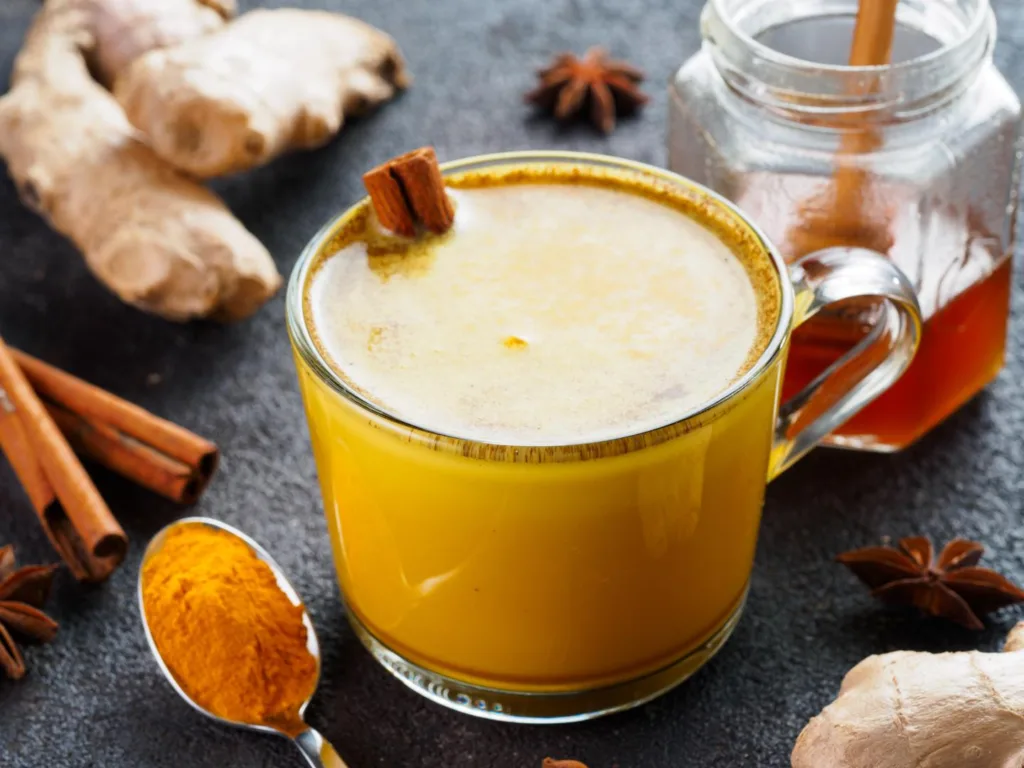



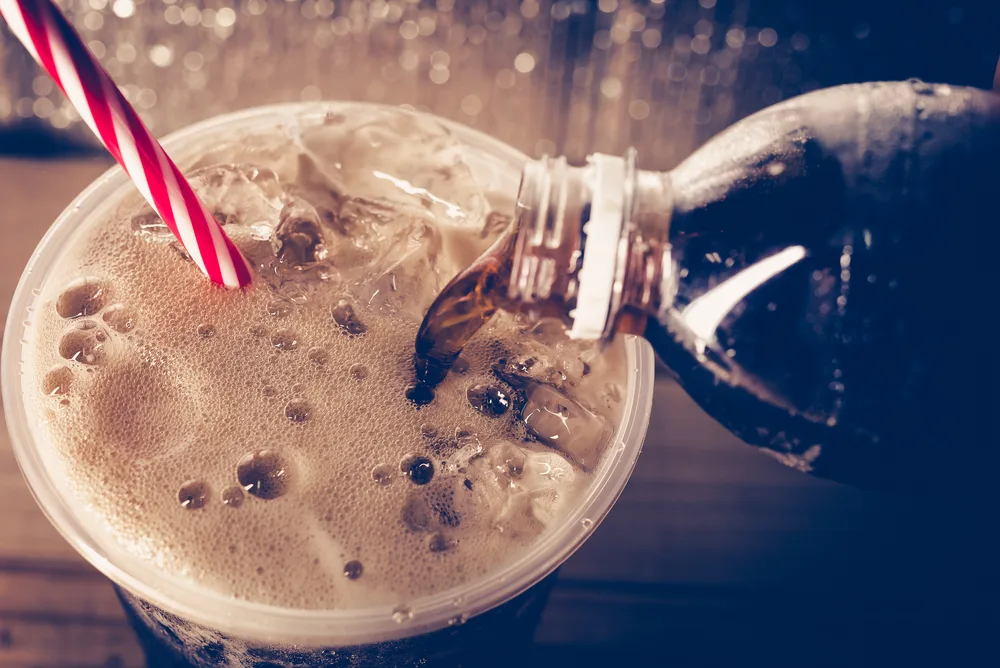
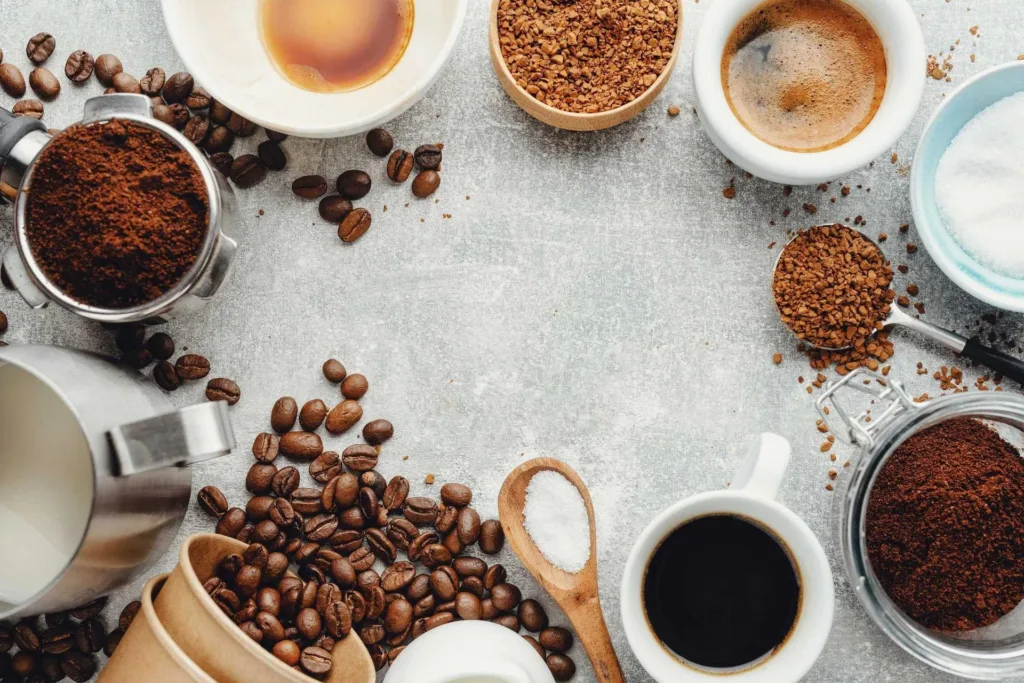
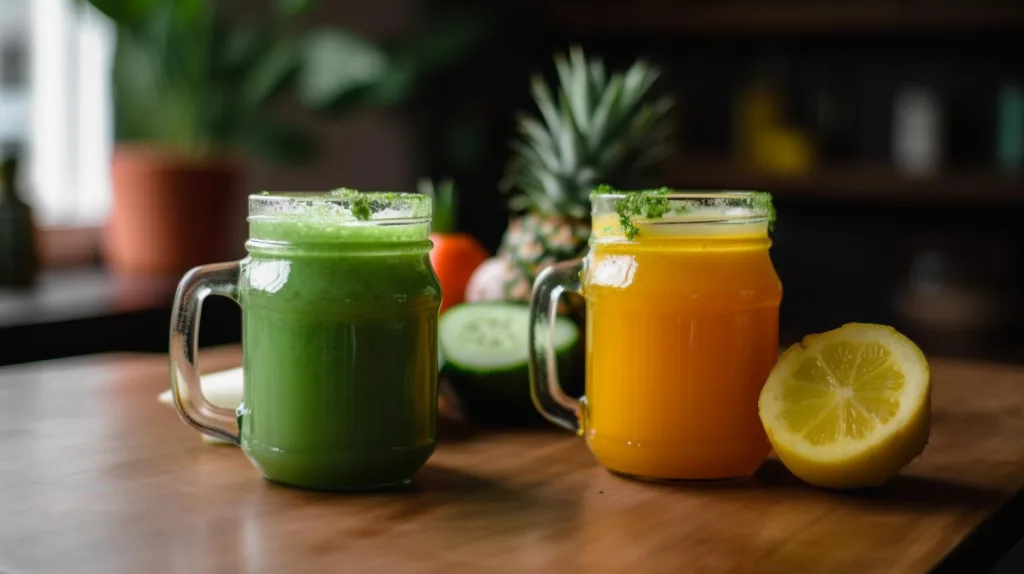
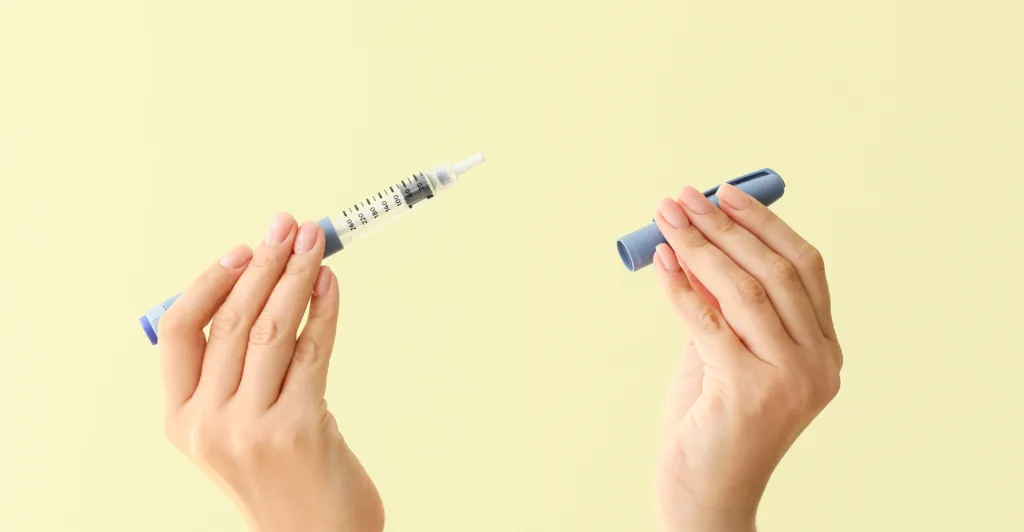
Comments
0